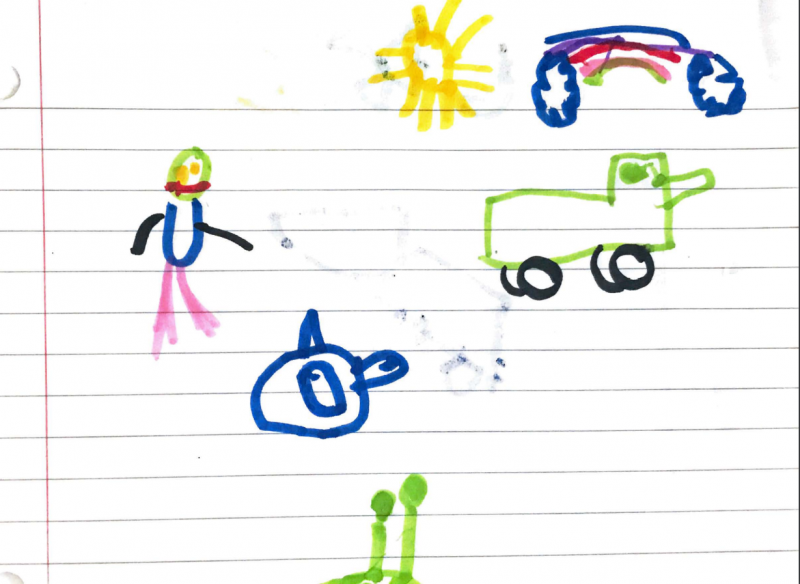Communication Is Key by Isabella Colletti
In preparation for professional work and service experiences, I often thought that improving my communication skills would involve learning new buzzwords, eliminating filler words such as umm or like, and more to project an insightful and eloquent version of myself. While elements like these have some level of importance, in my time with the National Health Corps of Philadelphia I have determined some of the more important components of effective communication with those I serve. Some of these include creating sincere relationships with citizens from diverse backgrounds and communities that may differ from your own and knowing when to simply say nothing.
One of the most valuable lessons to be learned in these settings includes cultural differences in communication. My service term has provided me with the opportunity to directly support community members and organizations within school-based health centers (SBHCs) and more volunteer settings. One of the most impactful experiences from the very beginning of my service in one of the SBHCs has been witnessing the interactions between the school nurses I serve beside and the scholars and families we support. As a community member and parent stakeholder of the school, this particular nurse can speak in a language and style that is not necessarily foreign to my own, rather her voice and experience reflect that of the community creating a trusting relationship. Being new to the community, though it did not come easily, I too have been able to develop similar candid relationships with those I serve by learning from her.
 In addition to recognizing some notable differences in communication, my role has also helped me to determine when and how much communication is appropriate. Given opportunities with both NHC and my host site, I have participated in variations of de-escalation training that has prepared me for such decisions. During these training exercises, I exclusively envisioned the circumstances under which I might utilize these skills to be with adults. It did not occur to me that I might use them with one of my scholars, let alone a kindergartener. I was alone with this scholar who was seemingly inconsolable following some overwhelmingly unsettling and unforeseen circumstances. I attempted to communicate with the child to relieve his stress, which only seemed to make things worse. Before getting too discouraged I realized that I needed a different approach. This time around I sat low enough to be at eye level with the young boy and it was silent for a bit. With a few words, I suggested drawing together. Drawing turned into playing, and playing soon sparked laughter. In instances such as these, we see the clear importance of meeting people where they are to best serve them.
In addition to recognizing some notable differences in communication, my role has also helped me to determine when and how much communication is appropriate. Given opportunities with both NHC and my host site, I have participated in variations of de-escalation training that has prepared me for such decisions. During these training exercises, I exclusively envisioned the circumstances under which I might utilize these skills to be with adults. It did not occur to me that I might use them with one of my scholars, let alone a kindergartener. I was alone with this scholar who was seemingly inconsolable following some overwhelmingly unsettling and unforeseen circumstances. I attempted to communicate with the child to relieve his stress, which only seemed to make things worse. Before getting too discouraged I realized that I needed a different approach. This time around I sat low enough to be at eye level with the young boy and it was silent for a bit. With a few words, I suggested drawing together. Drawing turned into playing, and playing soon sparked laughter. In instances such as these, we see the clear importance of meeting people where they are to best serve them.
[Body Image Description: Colorful drawing of a person, a sun, a rainbow, and a few other objects created by the scholar mentioned in paragraph 3.]
[Preview Image Description: Isabella and fellow NHC member pose with Asthma education brochures]